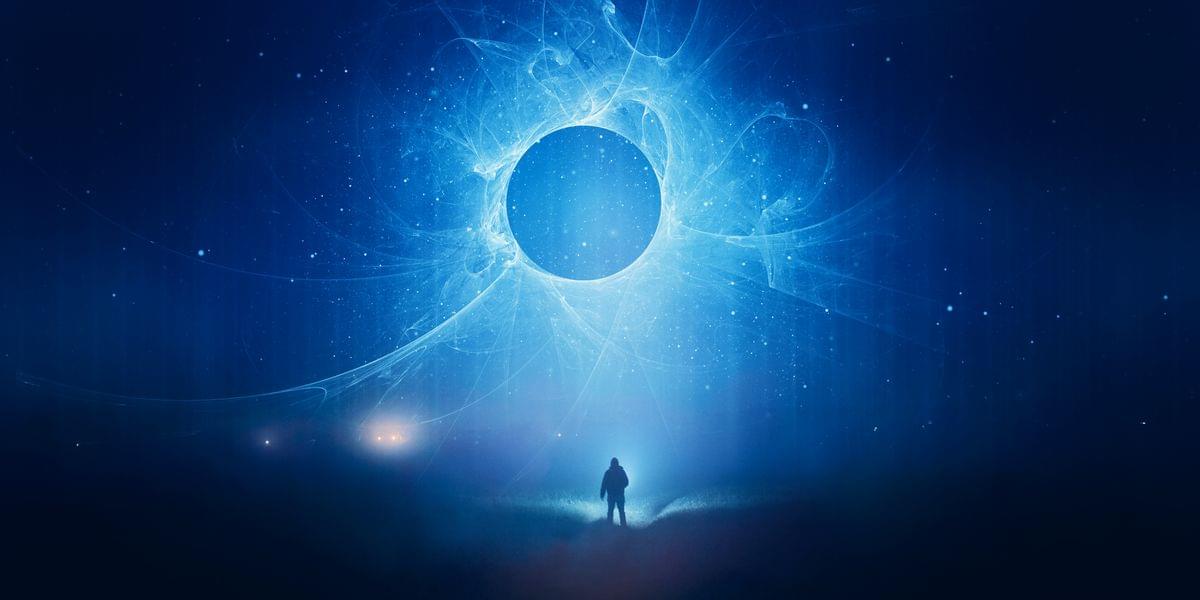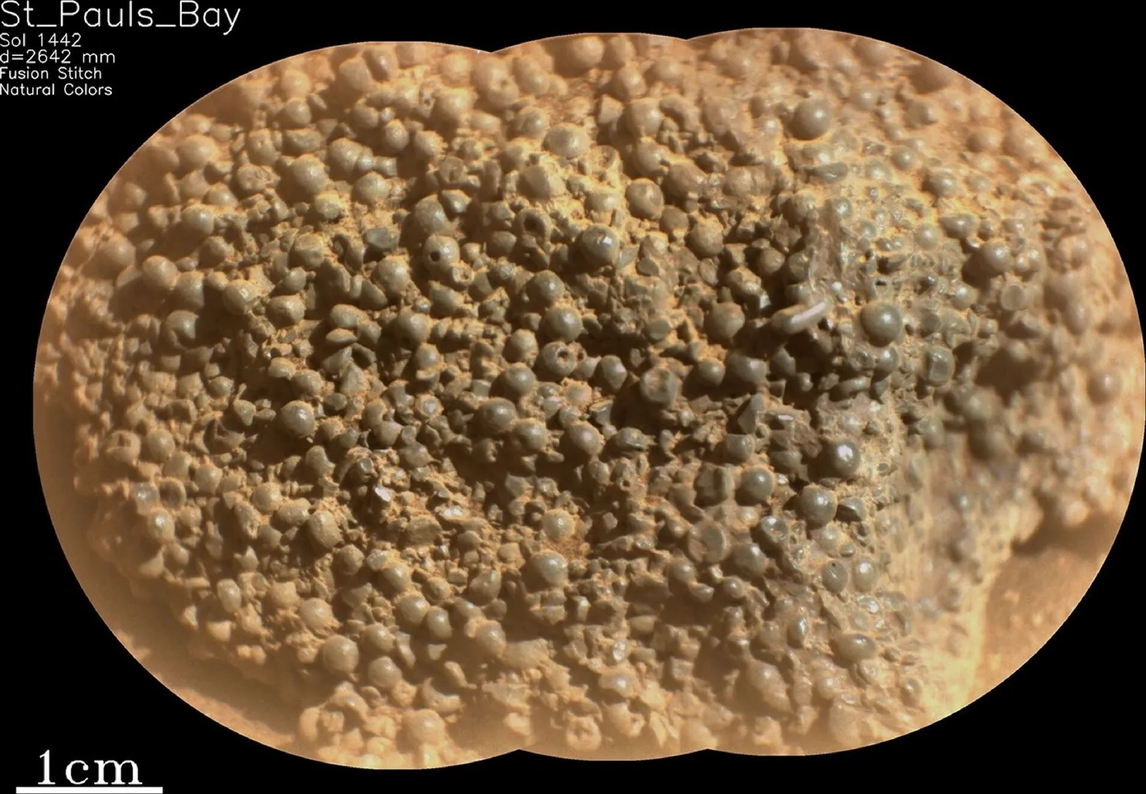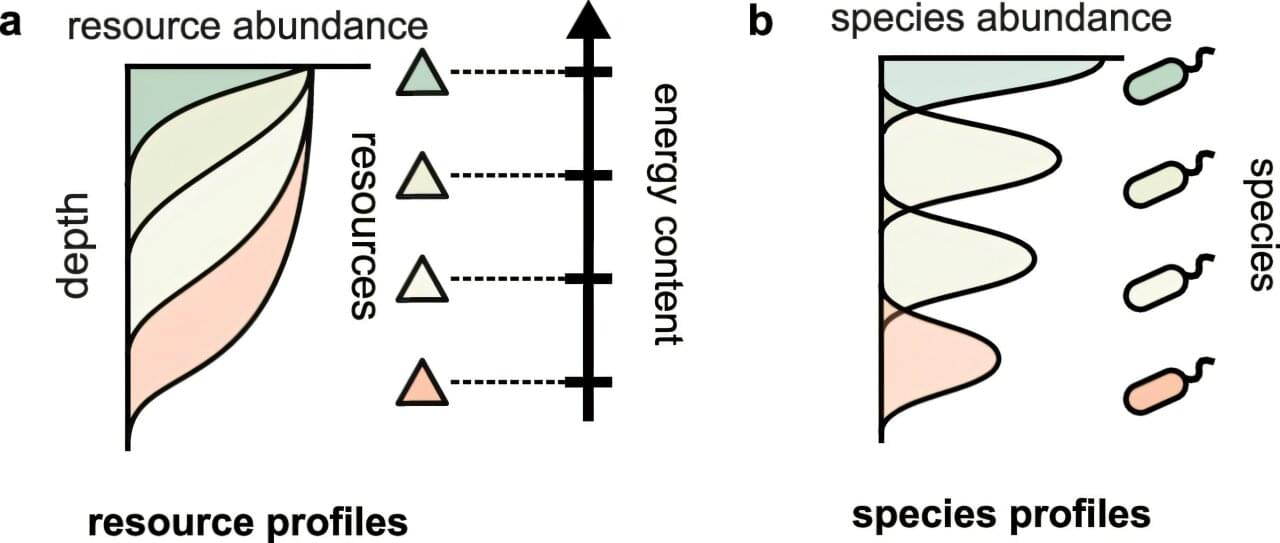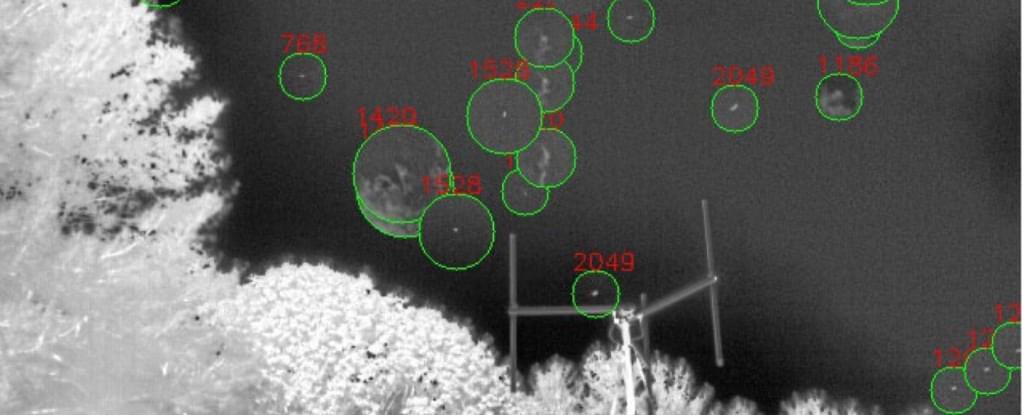Cosmopsychism might seem crazy, but it provides a robust explanatory model for how the Universe became fine-tuned for life


Please join my mailing list here 👉 https://briankeating.com/list to win a meteorite 💥
Is the universe actually thinking—literally, not just as a metaphor? We dive into the latest theories from physicists, exploring ideas like the universe as a vast neural network, capable of processing and even learning information, much like our own brains do.
Tune in as we explore the boundaries between science, consciousness, and the universe itself.
Join this channel to get access to perks:
https://www.youtube.com/channel/UCmXH_moPhfkqCk6S3b9RWuw/join.
📚 Get a copy of my books:
Think Like a Nobel Prize Winner, with life changing interviews with 9 Nobel Prizewinners: https://a.co/d/03ezQFu.
My tell-all cosmic memoir Losing the Nobel Prize: http://amzn.to/2sa5UpA
What do you think of when it comes to extra terrestrial life? Most popular sci-fi books and TV shows suggest humanoid beings could live on other planets. But when astronomers are searching for extra-terrestrial life, it is usually in the form of emissions from bacteria or other tiny organisms.
A new research paper in the Astrophysical Journal suggests that Cambridge scientists have managed to find this type of emission with a certainty of 99.7% from a planet called K2-18b, 124 light years away. They used NASA’s James Webb Space Telescope to analyze the chemical composition of the planet’s atmosphere and say they found promising evidence K2-18b could host life.
It’s an exciting breakthrough, but it doesn’t confirm alien life.

Tissue from other organs, such as rat hearts and livers, has also been successfully cryopreserved and revived before. Whether this could eventually translate to putting an entire organ—or even an entire organism—in a state of suspended animation requires future research. Some animals produce their own cryoprotectants as they transition to a state of torpor to avoid harsh winters. This is something else scientists could learn from in the pursuit of artificial suspended animation. Alien and Foundation are onto something. Putting humans into a state of suspended animation during spaceflight would drastically reduce the risk of tissue damage caused by microgravity and extreme radiation. No one is trekking to Mars—at least not yet—so we still have time. But even just the thought is no less tantalizing.

The first metal 3D-printed part ever manufactured in orbit has returned to Earth.
Produced using ESA’s Metal 3D Printer aboard the International Space Station.
The International Space Station (ISS) is a habitable artificial satellite that orbits Earth, serving as a space environment research laboratory where scientific research is conducted across multiple fields, including astrobiology, astronomy, and meteorology. Launched in 1998, the ISS is a joint project involving space agencies from the United States, Russia, Japan, Europe, and Canada. It functions both as a testament to international cooperation in space exploration and as a platform for extensive scientific experiments conducted in the unique conditions of space.

Scientists are left baffled after NASA’s Perseverance rover discovered a bizarre rock on Mars.
The captured images show hundreds of millimetre-sized marbles packed together in an alien-like mass.
Unlike anything ever seen before, the marbles strikingly stand out in the rusty red dust that covers the Martian surface.

Are we alone in the universe? The answer to one of humanity’s biggest questions is complicated by a basic reality: If there is life on other worlds, it may not look familiar. A sample of rocks from Mars or another planet almost certainly won’t have recognizable fossils or another similarly obvious sign of living organisms, said Mikhail Tikhonov, an assistant professor of physics in Arts & Sciences at Washington University in St. Louis who studies microbial communities.
But just because we might not recognize signs of life on a distant moon or planet doesn’t mean it’s actually lifeless. “There could be life forms out there that defy our imagination,” Tikhonov said.
Searching for life that we don’t understand may seem like an impossible mission. In a paper published in Nature Communications, Tikhonov and co-author Akshit Goyal of the International Centre for Theoretical Science in Bengaluru, India, propose a new idea. Instead of looking for particular molecules or compounds associated with life as we know it, scientists can look for telltale patterns of energy.

In 2021, the Office of the Director of National Intelligence (ODNI) released a report detailing recently declassified information on Unidentified Aerial Phenomena (UAP).
Since then, the Department of Defense has released annual reports on UAP through the All-domain Anomaly Resolution Office (AARO). Nevertheless, there is still a lack of publicly available scientific data.
To address this, a new study led by the Harvard-Smithsonian Center for Astrophysics (CfA) and the Galileo Project proposes an All-Sky Infrared Camera (Dalek) to search for potential indications of extraterrestrial spacecraft.